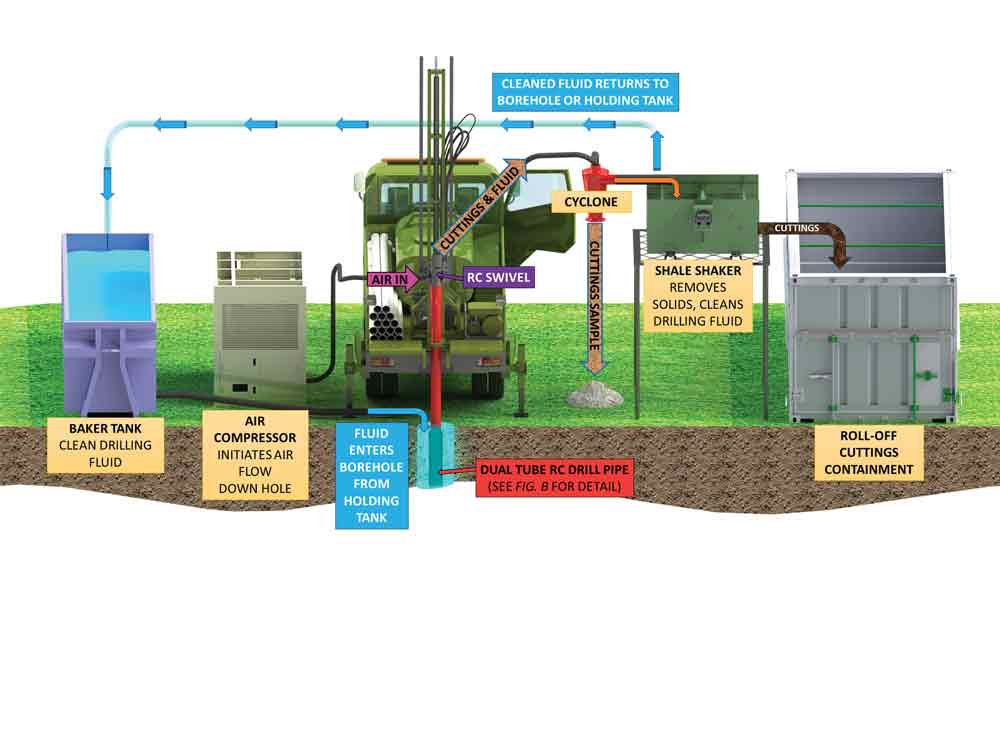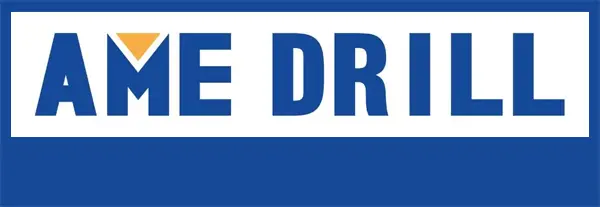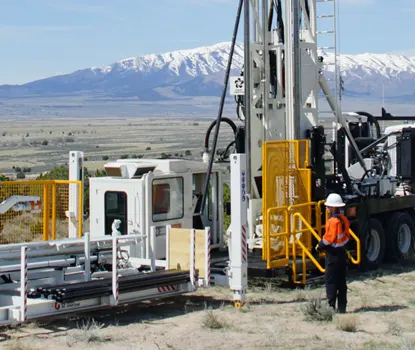Reverse drilling is applied and consists , commonly employed in open-cut mines and used for pit grade control and in delivering useful insight for mine planning and blasting. It has an optimal depth of between 300 and 500 meters.

RC grade control is extremely effective in defining boundaries between ore bodies and waste rock
RC drilling is ideal for exploration, as it delivers contaminant-free samples, which are collected at the drill itself and can be sent immediately for assessment. It also reduces handling time, which in turn can serve to reduce overall program costs.
How deep does a reverse drill?

RC drill rigs, with their considerably larger equipment, can typically reach depths of 300 to 600 m. Depending on rig size and ground conditions, there have allegedly been holes drilled to a max depth of over 800 m. The capacity to drill to such depths is negatively impacted by groundwater, meaning drillers require more air pressure and also rely on the rig’s pullback capacity.
Here you can also get more information about down the hole drilling tools and top hammer drilling tools.


